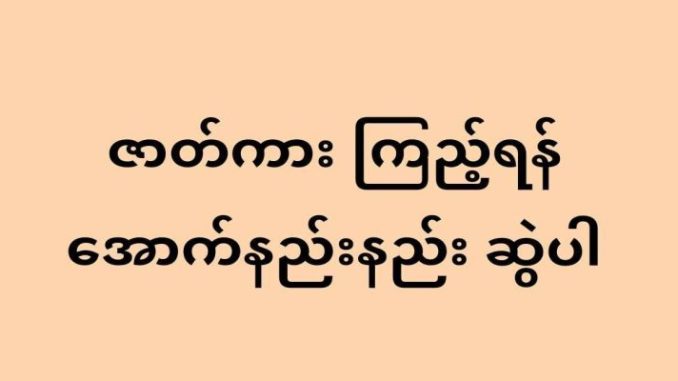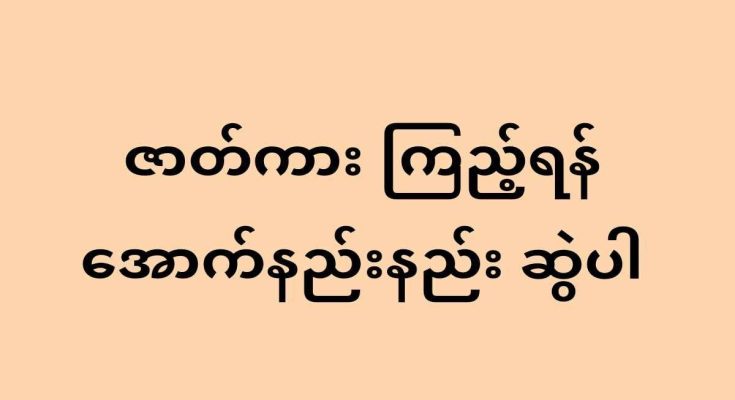

What Is a U.S. Visa?
A U.S. visa is an official document issued by a U.S. embassy or consulate that allows a foreign national to enter the United States. It is not a guarantee of entry — that decision is made by the U.S. Customs and Border Protection (CBP) at the port of entry — but it is a key requirement for lawful admission.
Categories of U.S. Visas
U.S. visas are broadly divided into two categories:
1. Non-Immigrant Visas (Temporary Stay)
These are for people who wish to visit the U.S. temporarily for purposes such as tourism, study, work, or medical treatment.
Popular non-immigrant visas include:
-
B1/B2 Visa – Business/Tourist Visa
-
F1 Visa – Student Visa
-
H1-B Visa – Specialty Occupation Workers
-
J1 Visa – Exchange Visitor Visa
-
O Visa – Individuals with Extraordinary Ability
2. Immigrant Visas (Permanent Residency)
These are for individuals seeking to live and work in the U.S. permanently, often referred to as “Green Card” holders.
Common immigrant visa types:
-
Family-sponsored Visas (e.g., IR, F1, F2A)
-
Employment-based Visas (e.g., EB-1, EB-2, EB-3)
-
Diversity Visa (DV) Lottery
-
Refugee or Asylum-based Green Cards
Key Laws Governing U.S. Visas
The U.S. visa system is governed by a range of immigration laws, most notably:
1. Immigration and Nationality Act (INA)
The INA is the foundation of modern U.S. immigration law. It sets the rules for visa categories, quotas, and eligibility criteria.
2. Department of Homeland Security (DHS) Regulations
Agencies under DHS such as USCIS, ICE, and CBP enforce immigration policies and handle visa adjustments, removals, and border entry.
3. Executive Orders and Policy Memos
Presidential orders can temporarily affect visa rules (e.g., travel bans or expedited processing for certain countries or fields).
 The Visa Application Process
The Visa Application Process
Here’s a general outline of what applicants must do:
-
Determine Visa Type – Based on your purpose (tourism, work, family).
-
Complete Form DS-160 – For non-immigrant visas.
-
Pay the Visa Fee – Varies by type and country.
-
Schedule and Attend Visa Interview – At the U.S. embassy/consulate.
-
Provide Supporting Documents – Such as proof of ties to your home country, financial evidence, and invitation letters.
-
Wait for Approval or Denial
Immigrant visa processes may require a petition approval from USCIS before scheduling an interview.
Common Reasons for Visa Denial
-
Incomplete or incorrect application
-
Lack of financial support or strong home ties
-
Previous immigration violations
-
Ineligibility under INA Section 212 (criminal history, health issues, etc.)
Final Thoughts
The U.S. visa system is complex, and staying updated on the laws is crucial. Whether you’re a student dreaming of studying in America or a company looking to bring in international talent, it’s always wise to consult an immigration attorney or a licensed consultant for guidance.

Leave a Reply